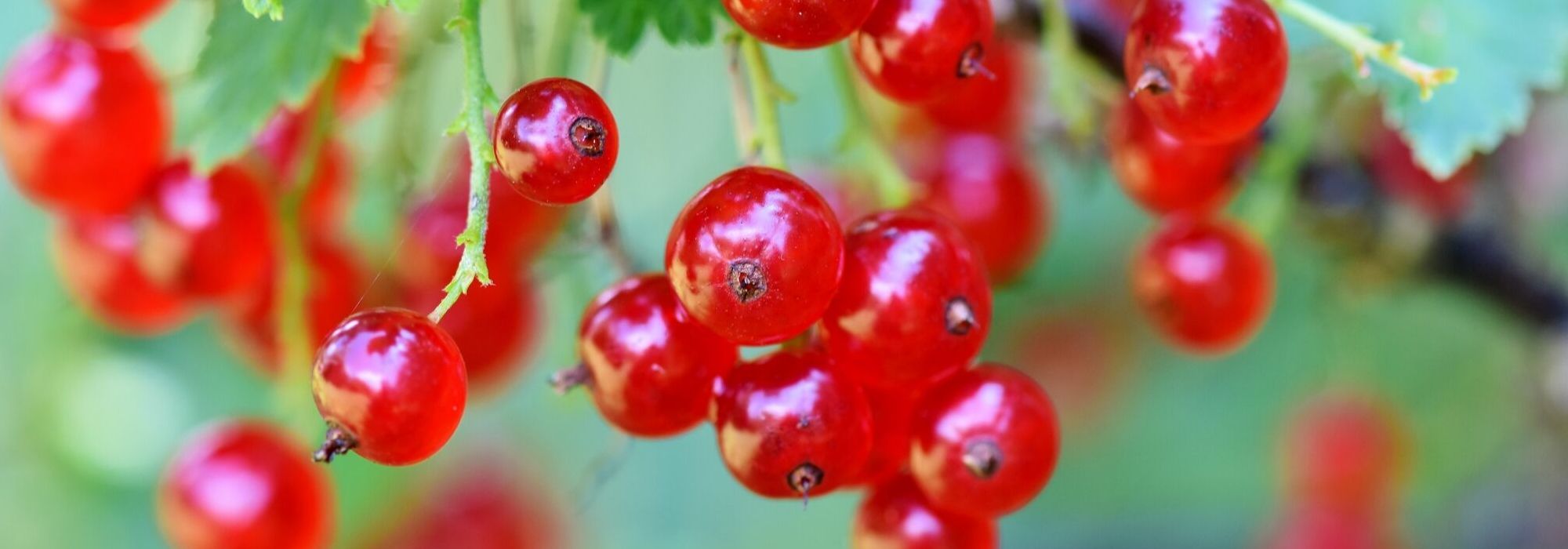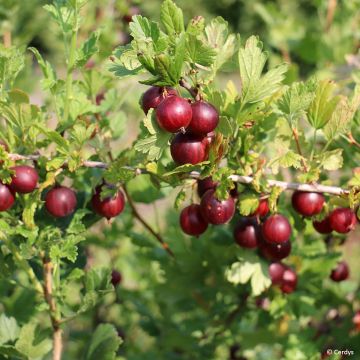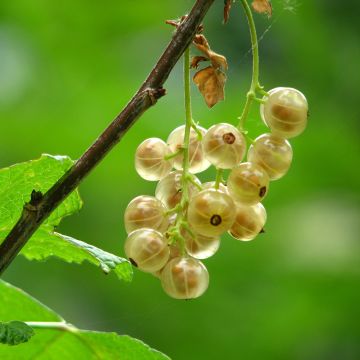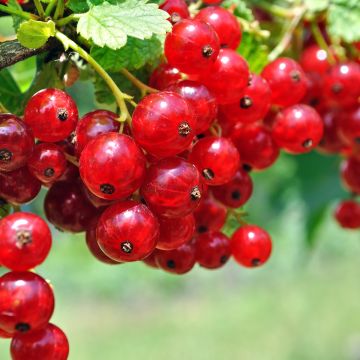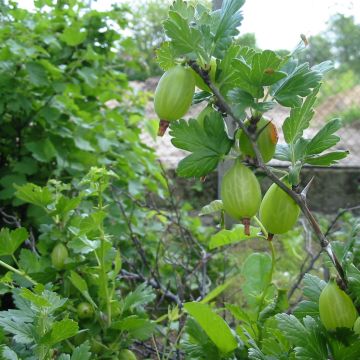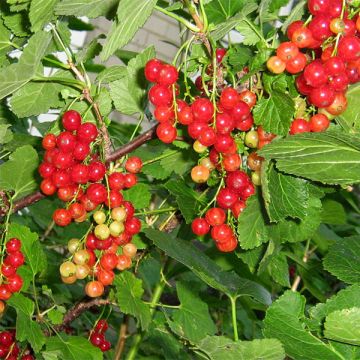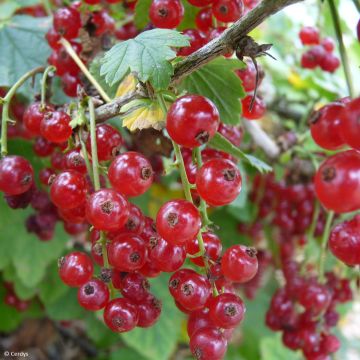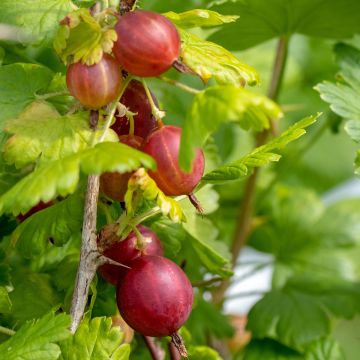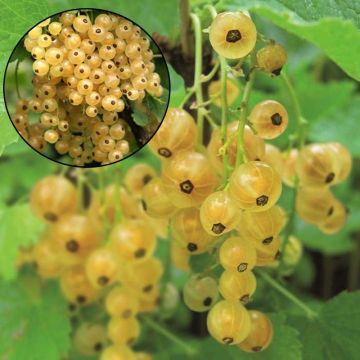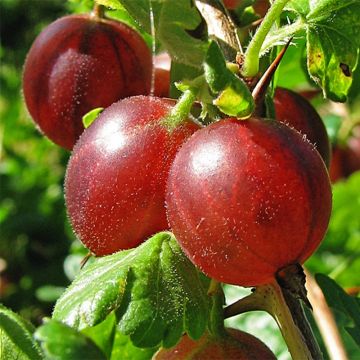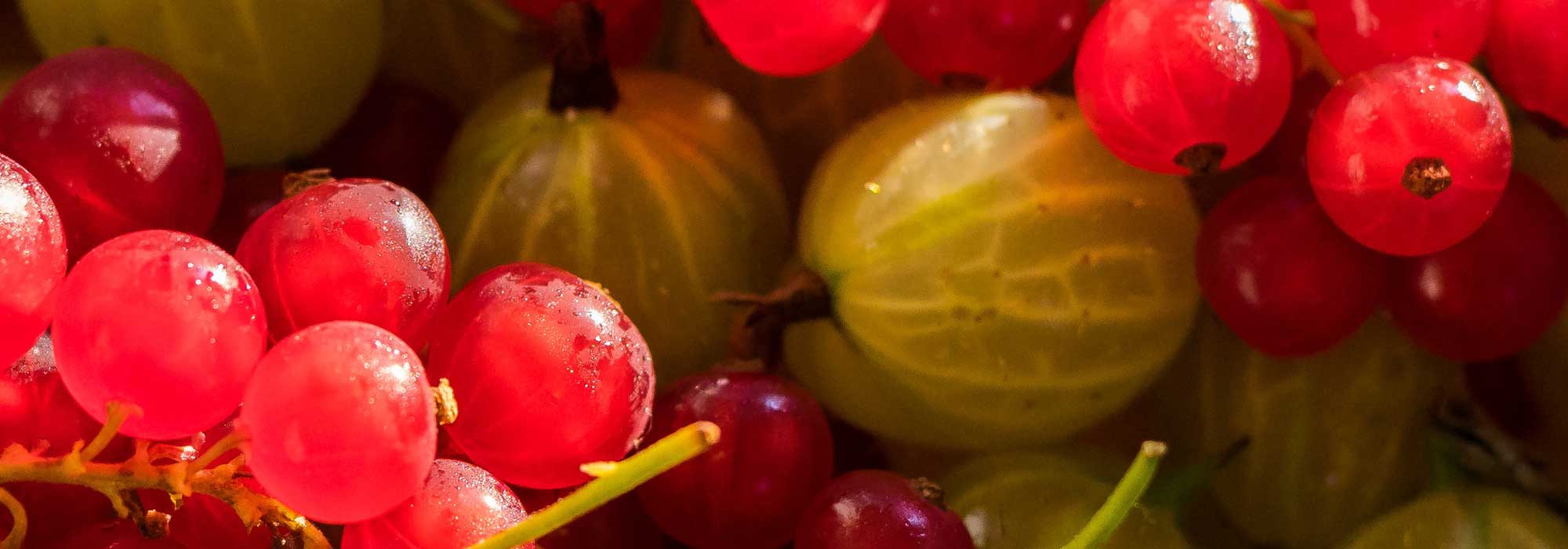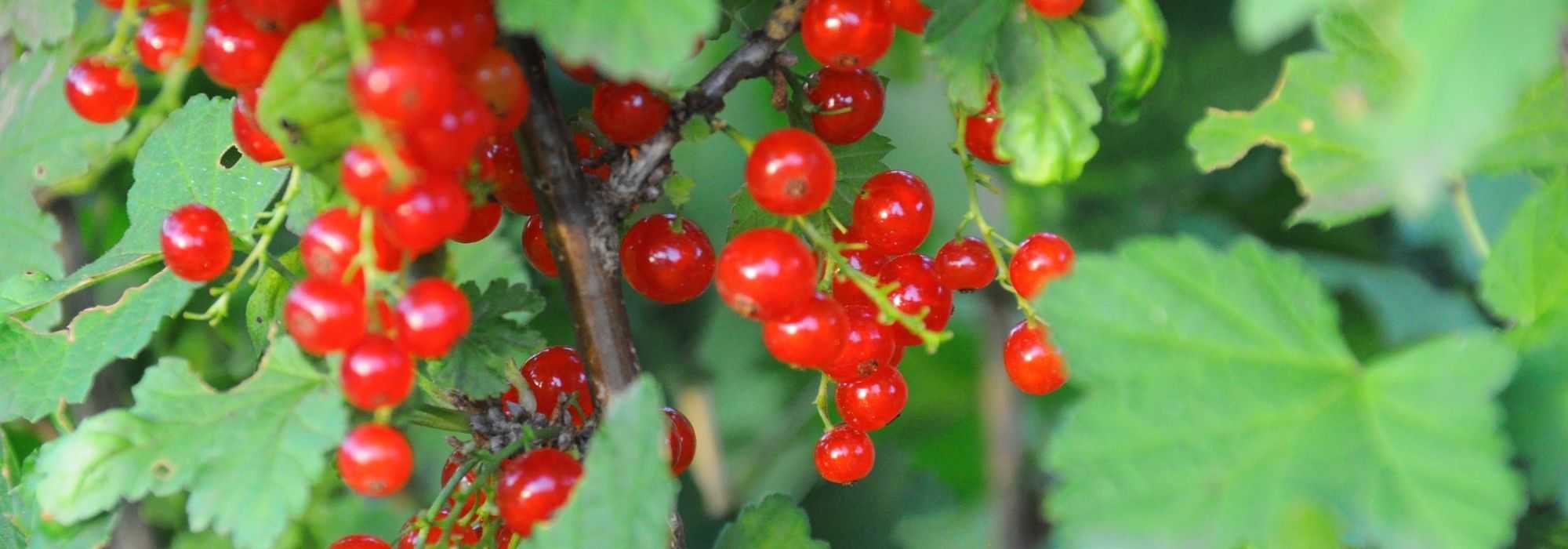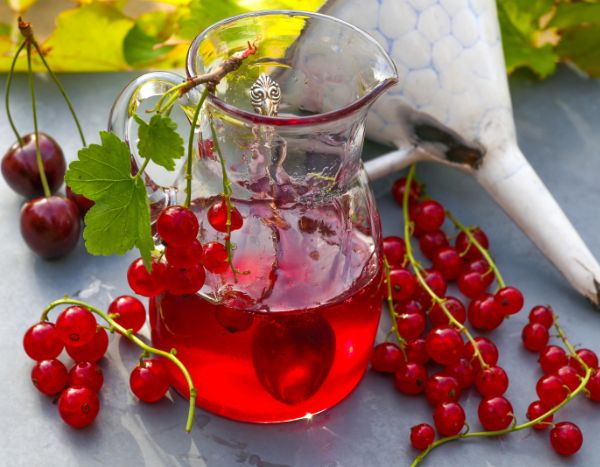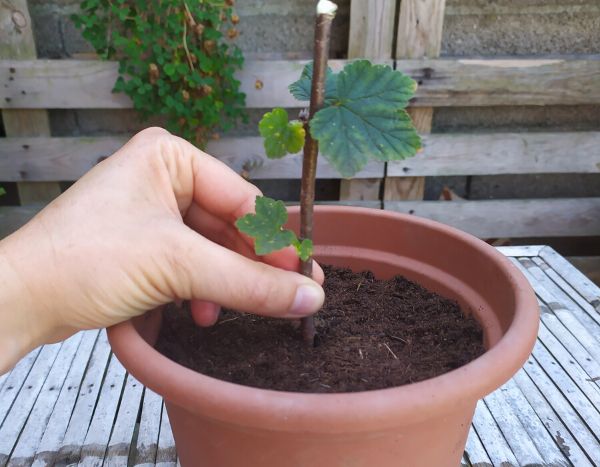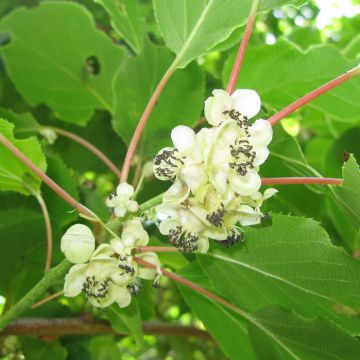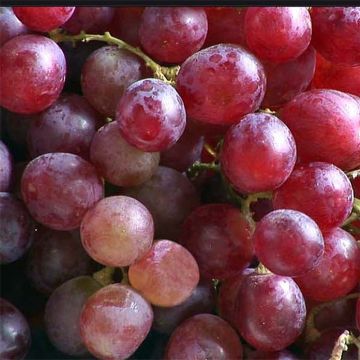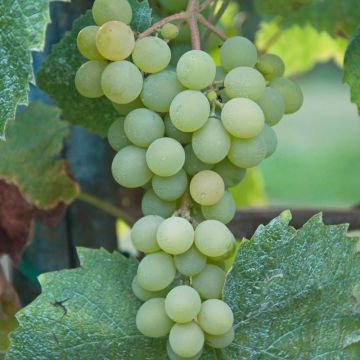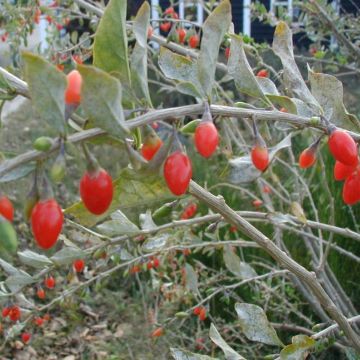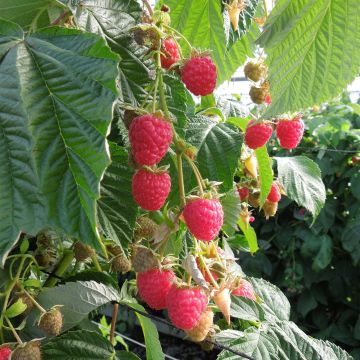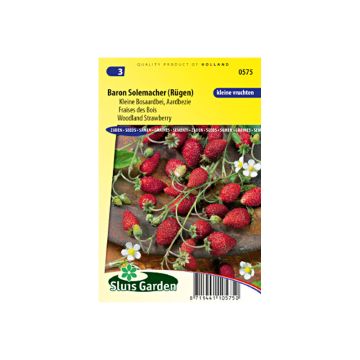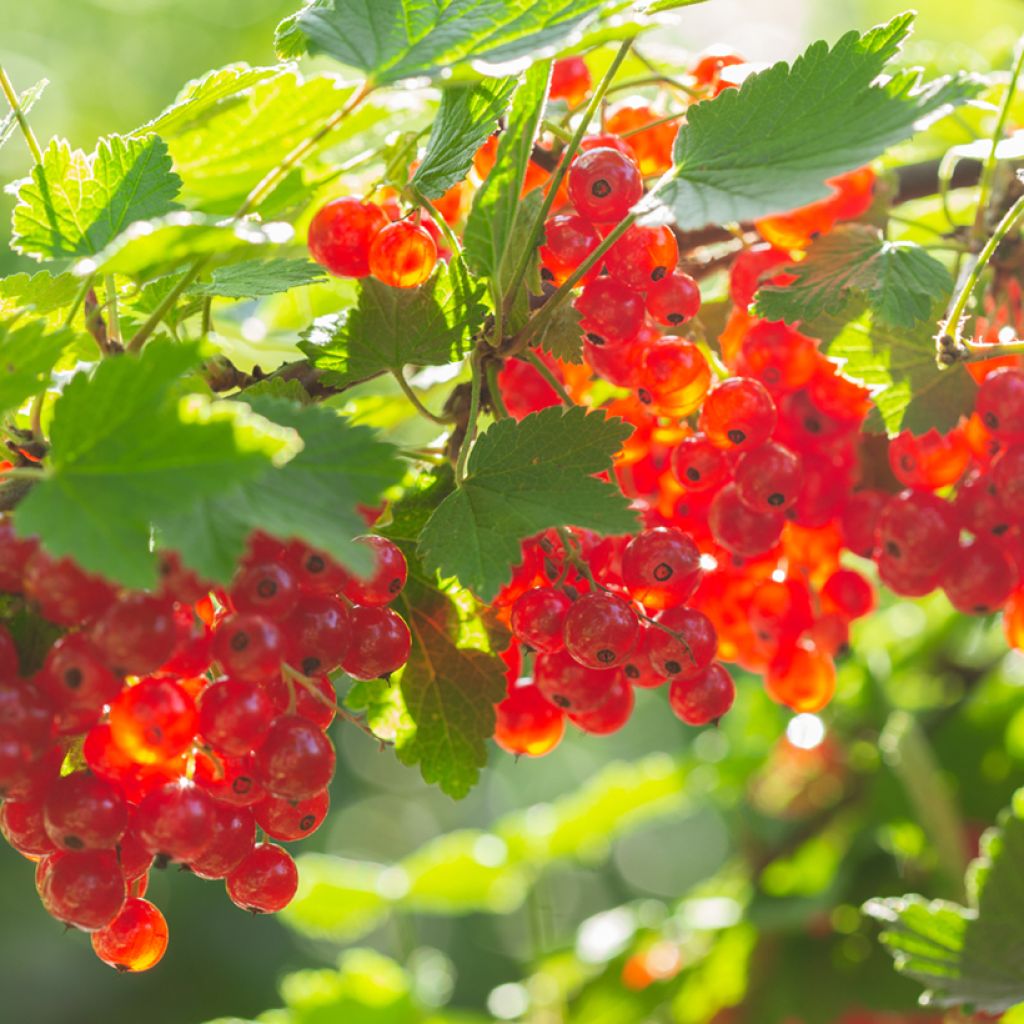

Groseillier à grappes rouges - Ribes rubrum
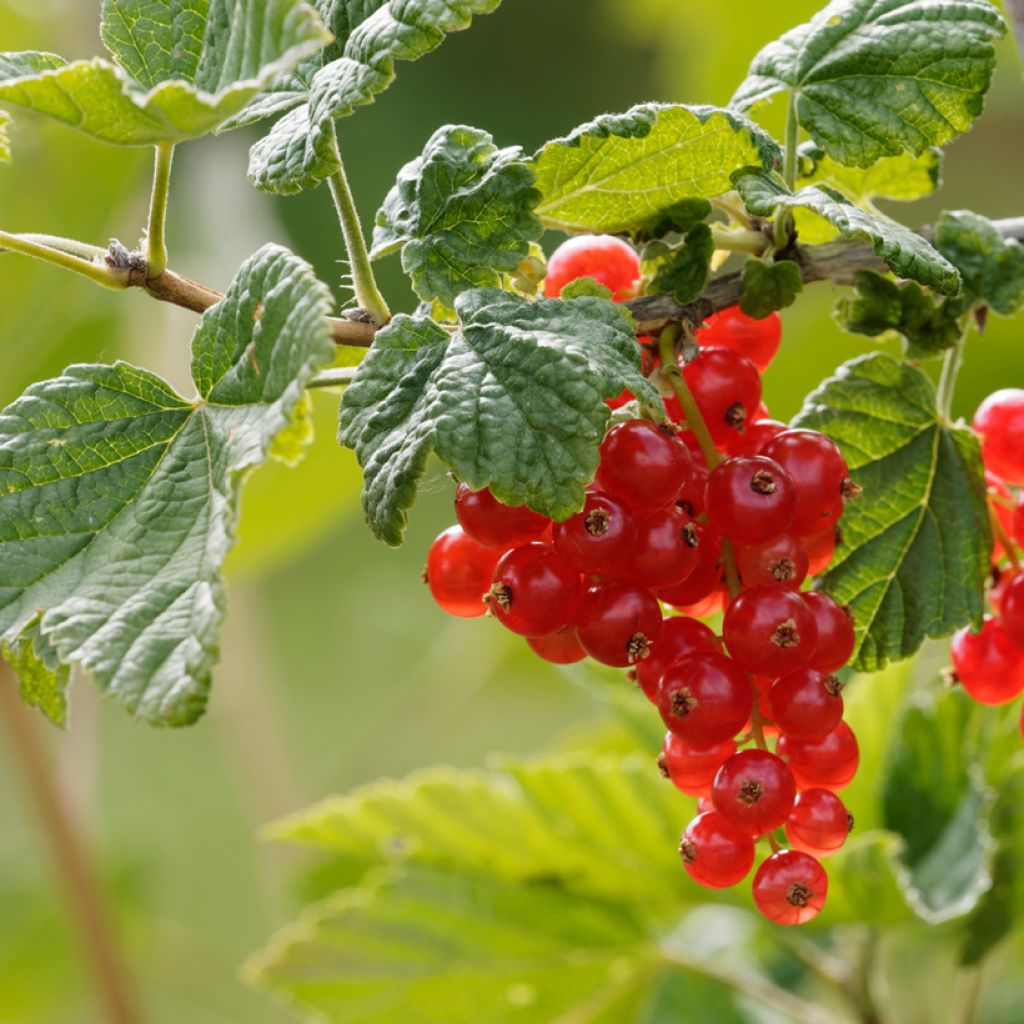

Groseillier à grappes rouges - Ribes rubrum
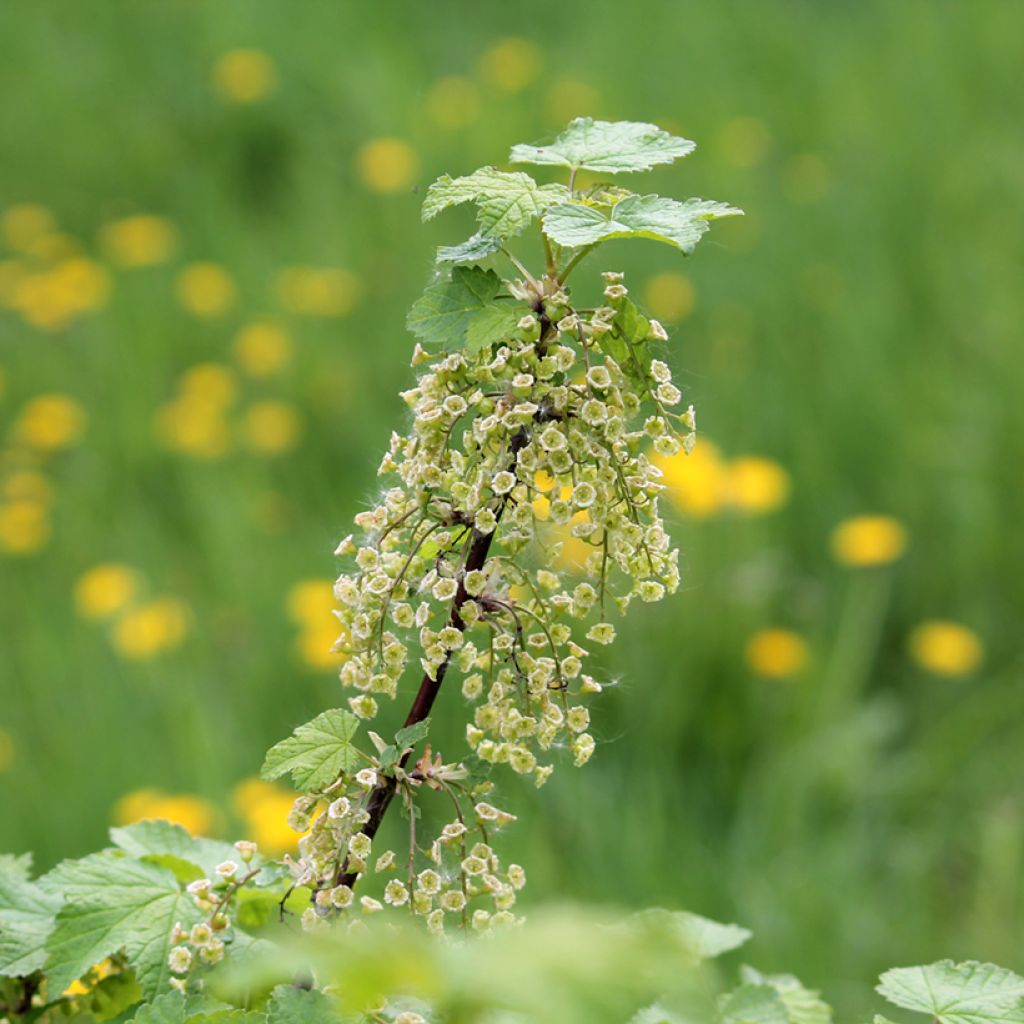

Groseillier à grappes rouges - Ribes rubrum
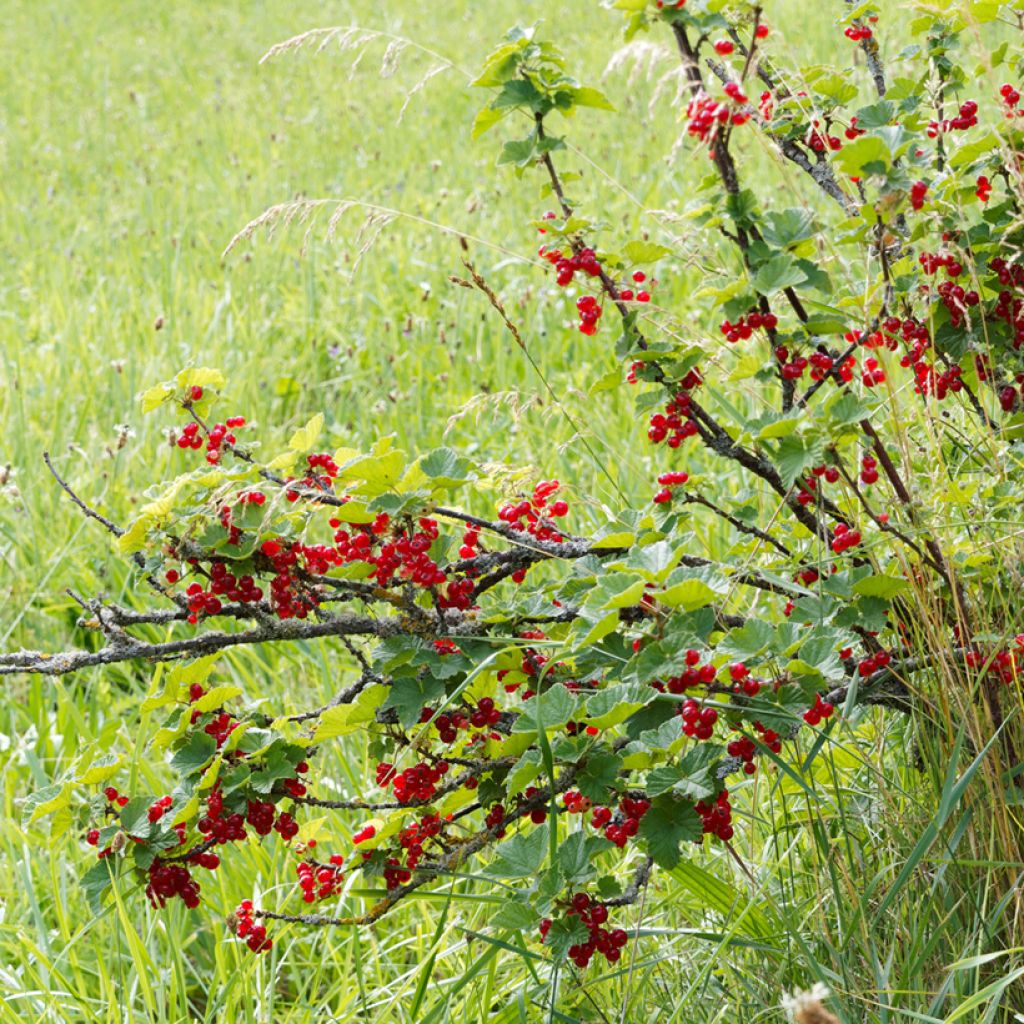

Groseillier à grappes rouges - Ribes rubrum
Ribes rubrum - Redcurrant
Ribes rubrum
Red Currant, Common Redcurrant
Special offer!
Receive a €20 voucher for any order over €90 (excluding delivery costs, credit notes, and plastic-free options)!
1- Add your favorite plants to your cart.
2- Once you have reached €90, confirm your order (you can even choose the delivery date!).
3- As soon as your order is shipped, you will receive an email containing your voucher code, valid for 3 months (90 days).
Your voucher is unique and can only be used once, for any order with a minimum value of €20, excluding delivery costs.
Can be combined with other current offers, non-divisible and non-refundable.
Home or relay delivery (depending on size and destination)
Schedule delivery date,
and select date in basket
This plant carries a 6 months recovery warranty
More information
We guarantee the quality of our plants for a full growing cycle, and will replace at our expense any plant that fails to recover under normal climatic and planting conditions.
Description
The Redcurrant bush, in Latin Ribes rubrum, is a fruit bush cultivated since the Middle Ages that has proven itself in countless gardens. The plant is self-fertile, very hardy, vigorous and undemanding. The discreet flowering, beginning in May, is after the last hard frosts. It bears fruit in July, producing beautiful clusters of small red berries, whose pulp is juicy, fragrant and deliciously tart. Easy to grow in non-scorching sun, in well-drained, even poor soil. Redcurrants are perfect for making jellies, jams and pie toppings!
The Redcurrant bush belongs to the Grossulariaceae family. It is a plant that has been cultivated for a long time and grows spontaneously in many temperate regions of the northern hemisphere, from Europe to Siberia, to Manchuria. It is a bushy, non-thorny shrub, with a tufted habit of slightly stiff, sparsely branched shoots, whose wood is soft and has abundant pith. This bush will reach 1.50 m (5ft) in all directions. The deciduous foliage falls in autumn. It is composed of medium-green, palmate, lobed leaves, aromatic when crushed. Flowering takes place in early May with clusters of small inconspicuous greenish to brownish flowers, intensely visited by bees. Fruiting mainly occurs on one- and two-year-old shoots. The bush is then covered with numerous clusters of small round and translucent berries, first green then bright red, 6 mm (0in) in diameter, containing small seeds. Harvesting takes place as the fruits ripen, starting in July. Redcurrants are a low-calorie fruit, (whether white or red), rich in minerals and trace elements as well as potassium, calcium and phosphorus. They are also a good source of vitamin C and fibre. The yield of this wild variety is about 2 to 4 kg per plant, depending on the growing conditions.
Use fresh redcurrants for jellies or pastries for pie fillings or sorbet making. In the garden, this bush is unassuming for much of the year and becomes attractive when laden with its long blood-red clusters, illuminated by the summer light. The pleasure is threefold, attractive and tasty, but also perfumed when its warm foliage fills the garden with fragrance. It pairs well with white currant varieties and gooseberry bushes, but also with shrubs that have ornamental fruit (non-edible), such as Leycesteria formosa, callicarpas, Nandina domestica and its varieties, Japanese quinces, snowberries... For small gardens, or to save space, it is a good idea to train this redcurrant bush against a wall or grow it as a standard. Note that the redcurrant bush can also be grown in a terraced orchard, as it performs well in large pots, with a depth of at least forty centimetres, avoid watering it with hard water.
Wild redcurrant Ribes rubrum has medicinal properties. It is used for the treatment of rheumatism and infectious diseases, especially when the fruits are consumed fresh.
Ribes rubrum - Redcurrant in pictures
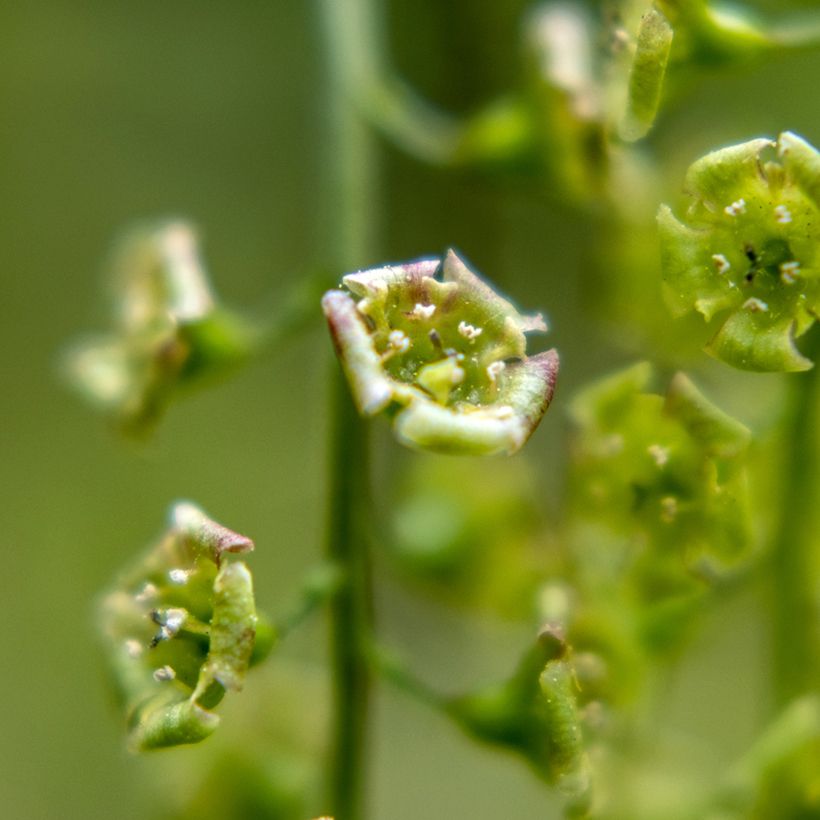

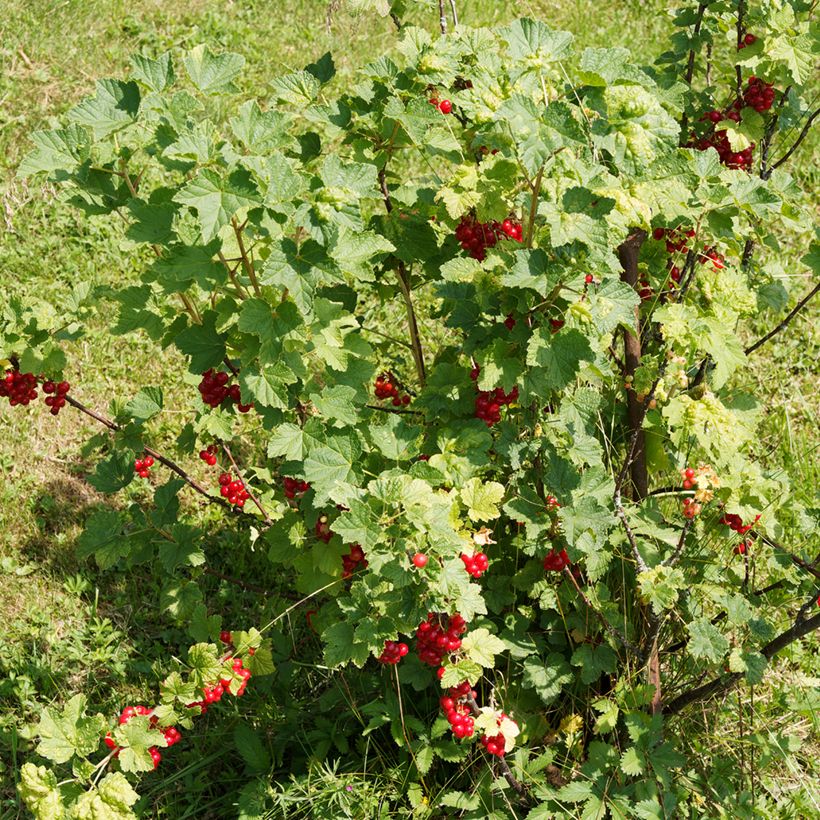

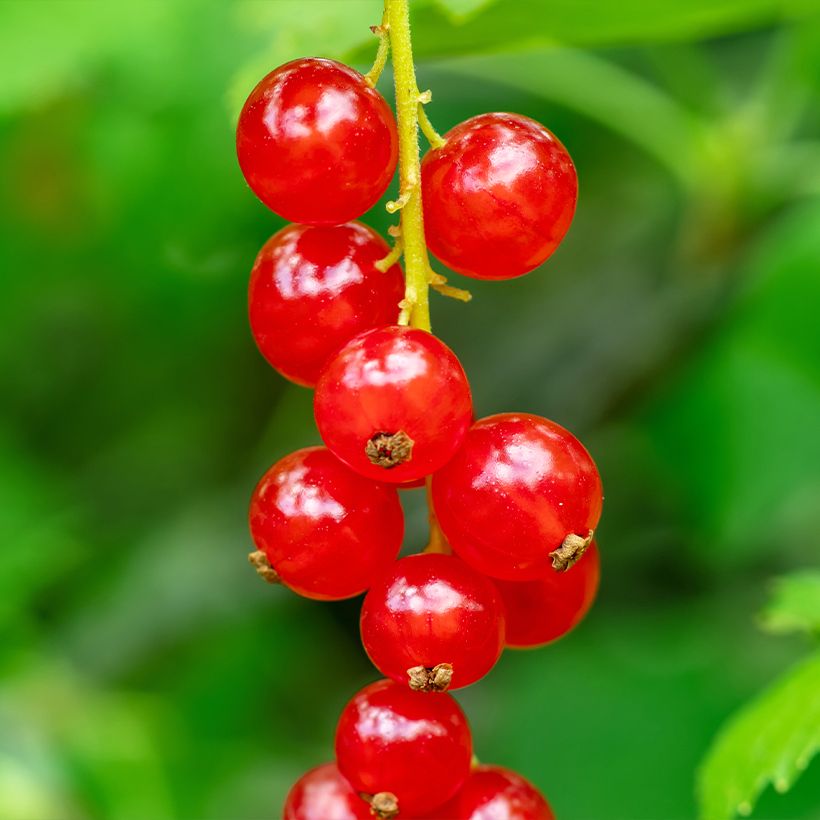

Plant habit
Fruit
Flowering
Foliage
Botanical data
Ribes
rubrum
Grossulariaceae
Red Currant, Common Redcurrant
Western Europe
Other Redcurrant bush
View all →Planting and care
Plant the Redcurrant Bush from October to March in regular, well-drained, even poor soil, without too much limestone, moist but not constantly wet. Non-direct sunlight or partial shade in a place sheltered from strong winds will yield good results. The redcurrant bush dislikes heat and drought. An organic fertiliser at the start of vegetation will support fruit production and plant health. It is an accommodating bush, not very susceptible to diseases. It has a few enemies, such as scale insects and mites. In June-July, the harvest can be protected with nets to deter birds. To get rid of raspberry worms, which are sometimes also found on currants, some recommend mulching the base or sowing forget-me-nots along the plantation which are reputed to drive them away. It is important in a currant plantation, as in any plantation, to alternate varieties and species, when space allows: pollination will be promoted, and the spread of epidemics or diseases will be limited, making treatment optional or even unnecessary in some cases.
Planting period
Intended location
Care
Planting & care advice
This item has not been reviewed yet - be the first to leave a review about it.
Similar products
Haven't found what you were looking for?
Hardiness is the lowest winter temperature a plant can endure without suffering serious damage or even dying. However, hardiness is affected by location (a sheltered area, such as a patio), protection (winter cover) and soil type (hardiness is improved by well-drained soil).

Photo Sharing Terms & Conditions
In order to encourage gardeners to interact and share their experiences, Promesse de fleurs offers various media enabling content to be uploaded onto its Site - in particular via the ‘Photo sharing’ module.
The User agrees to refrain from:
- Posting any content that is illegal, prejudicial, insulting, racist, inciteful to hatred, revisionist, contrary to public decency, that infringes on privacy or on the privacy rights of third parties, in particular the publicity rights of persons and goods, intellectual property rights, or the right to privacy.
- Submitting content on behalf of a third party;
- Impersonate the identity of a third party and/or publish any personal information about a third party;
In general, the User undertakes to refrain from any unethical behaviour.
All Content (in particular text, comments, files, images, photos, videos, creative works, etc.), which may be subject to property or intellectual property rights, image or other private rights, shall remain the property of the User, subject to the limited rights granted by the terms of the licence granted by Promesse de fleurs as stated below. Users are at liberty to publish or not to publish such Content on the Site, notably via the ‘Photo Sharing’ facility, and accept that this Content shall be made public and freely accessible, notably on the Internet.
Users further acknowledge, undertake to have ,and guarantee that they hold all necessary rights and permissions to publish such material on the Site, in particular with regard to the legislation in force pertaining to any privacy, property, intellectual property, image, or contractual rights, or rights of any other nature. By publishing such Content on the Site, Users acknowledge accepting full liability as publishers of the Content within the meaning of the law, and grant Promesse de fleurs, free of charge, an inclusive, worldwide licence for the said Content for the entire duration of its publication, including all reproduction, representation, up/downloading, displaying, performing, transmission, and storage rights.
Users also grant permission for their name to be linked to the Content and accept that this link may not always be made available.
By engaging in posting material, Users consent to their Content becoming automatically accessible on the Internet, in particular on other sites and/or blogs and/or web pages of the Promesse de fleurs site, including in particular social pages and the Promesse de fleurs catalogue.
Users may secure the removal of entrusted content free of charge by issuing a simple request via our contact form.
The flowering period indicated on our website applies to countries and regions located in USDA zone 8 (France, the United Kingdom, Ireland, the Netherlands, etc.)
It will vary according to where you live:
- In zones 9 to 10 (Italy, Spain, Greece, etc.), flowering will occur about 2 to 4 weeks earlier.
- In zones 6 to 7 (Germany, Poland, Slovenia, and lower mountainous regions), flowering will be delayed by 2 to 3 weeks.
- In zone 5 (Central Europe, Scandinavia), blooming will be delayed by 3 to 5 weeks.
In temperate climates, pruning of spring-flowering shrubs (forsythia, spireas, etc.) should be done just after flowering.
Pruning of summer-flowering shrubs (Indian Lilac, Perovskia, etc.) can be done in winter or spring.
In cold regions as well as with frost-sensitive plants, avoid pruning too early when severe frosts may still occur.
The planting period indicated on our website applies to countries and regions located in USDA zone 8 (France, United Kingdom, Ireland, Netherlands).
It will vary according to where you live:
- In Mediterranean zones (Marseille, Madrid, Milan, etc.), autumn and winter are the best planting periods.
- In continental zones (Strasbourg, Munich, Vienna, etc.), delay planting by 2 to 3 weeks in spring and bring it forward by 2 to 4 weeks in autumn.
- In mountainous regions (the Alps, Pyrenees, Carpathians, etc.), it is best to plant in late spring (May-June) or late summer (August-September).
The harvesting period indicated on our website applies to countries and regions in USDA zone 8 (France, England, Ireland, the Netherlands).
In colder areas (Scandinavia, Poland, Austria...) fruit and vegetable harvests are likely to be delayed by 3-4 weeks.
In warmer areas (Italy, Spain, Greece, etc.), harvesting will probably take place earlier, depending on weather conditions.
The sowing periods indicated on our website apply to countries and regions within USDA Zone 8 (France, UK, Ireland, Netherlands).
In colder areas (Scandinavia, Poland, Austria...), delay any outdoor sowing by 3-4 weeks, or sow under glass.
In warmer climes (Italy, Spain, Greece, etc.), bring outdoor sowing forward by a few weeks.






























